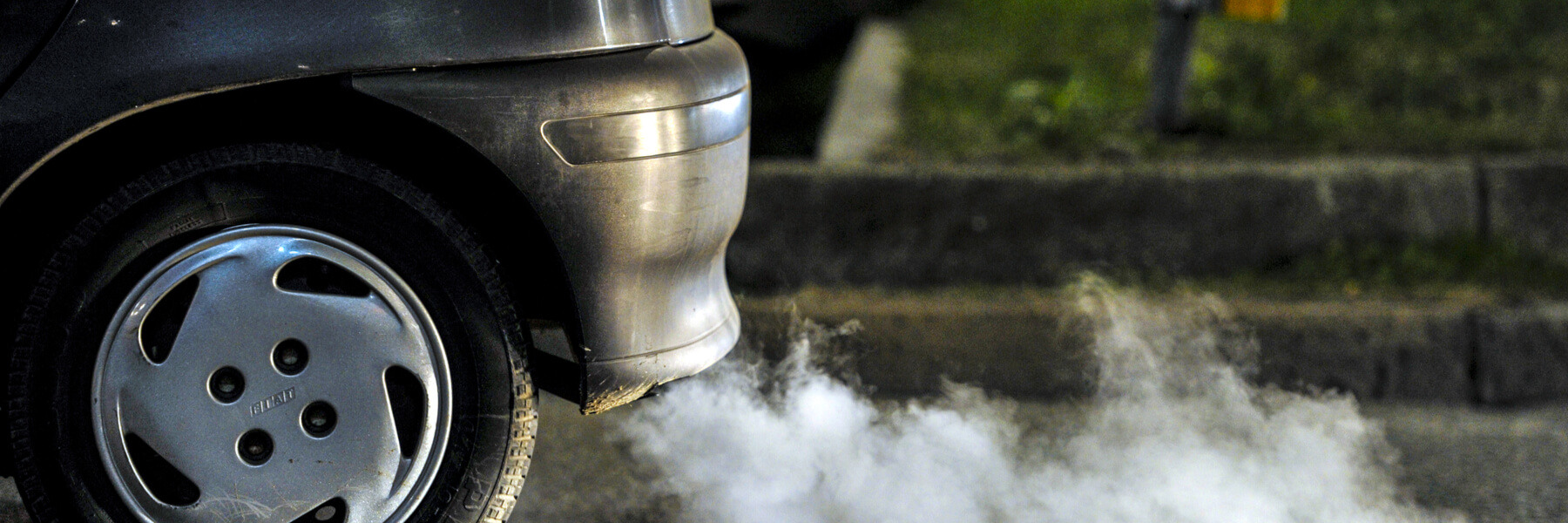Everyone can agree that brakes are a critical care need. It’s easy to take for granted the fact that your vehicle is going to stop when you press the brake pedal, and all it takes is one or more components to fail to place you in a terrifying or even lethal situation, fast!
This is why you have to maintain your brakes, replace them when they are worn, and make sure they are operating correctly at all times. The condition of your brakes is not something you can let go of in terms of regular maintenance, due to the severity of the consequences should something fail. That’s why proactive maintenance is critical for your brakes to continue functioning reliably, for the life of your vehicle (and everyone inside of it!).
How do brake pads work?
In most modern vehicles, disk brakes are common front and rear. Some vehicles may still have drums on the rear, which work via a mechanism that converts hydraulic pressure from the brake pedal, to push the ‘shoes’ out and come into contact with the drum, slowing the hub down that the tires are attached to.
Disk brakes work in a similar fashion (using friction to slow down the hub that the tires are attached to) but work much more efficiently than drums, due to their ability to dissipate heat, the greater surface area, and self-cleaning capabilities (brake dust is expelled).
Essentially, the brake pads are squeezed against the rotor to slow your car down, and this is why your brake pads wear down. Over time, your brake rotors wear down as well and may develop ridges, grooves, or become warped. Any nonconformity in your brake rotor surface reduces the amount and consistency of the contact that your pads have with them, reducing your braking efficiency and wearing the components down even faster.
When to replace brake pads
The basic rule for brake pads is that they should be replaced on an average of every 40,000 miles. As with most things, this can differ based on the make and model of your car and how/where you drive. Some brakes may need to be replaced when the odometer hits 20,000 and some can go 60,000 miles or even longer.
Some conditions can make your brakes wear sooner, such as stop-and-go driving, towing, and driving in mountainous conditions. Dusty conditions or driving in areas where salt or chemicals are applied to the roads in winter can also shorten the lifespan of brake system components, including hoses, lines, and sensors.
The bottom line is, it’s important to have your brakes inspected every 10,000 miles or so to detect any issues and correct them before they turn into a terrifying moment on I-84 for you and your family.
Other signs it’s time to replace your brakes
- Brake lights coming on
- Brake light warning on the dash
- Unreliable braking patterns
- A brake pedal that doesn’t push in smoothly
- A brake pedal that pushes in too easily
- Stiff brake pedal
- Visibly thinning brake pads
- Grinding sounds when you brake
- Squealing or squeaking from your brakes
- Vibrating or shaking when you apply the brakes
- Pulling the to left or right when you apply the brakes
The Importance Of Proactive Brake Maintenance
When it’s time to replace your brakes, be sure to see your local independent car shop ASAP. The expert team at Naylor’s provides quality repair at reasonable prices and will work with you to set up a proactive maintenance plan that is affordable and will save money on major repairs down the road.
Proactive maintenance is the secret to keeping your car running and staying ahead of major issues that get expensive, and this is how:
The many components, hoses, wires, sensors, levers, valves, and springs that make your brakes work, all work together to bring your vehicle safely to a stop. When one component wears, the other components (which may be more expensive to replace) wear even faster. With regular proactive maintenance, you can replace wear items (pads, rotors) before they cause damage to more costly components.
Naylor's Knows Brakes
You’ll get the highest quality service and skillset with Naylor’s, where our professional team is trained in brakes and preventative maintenance. Give us a call today to schedule your vehicle’s next appointment!



